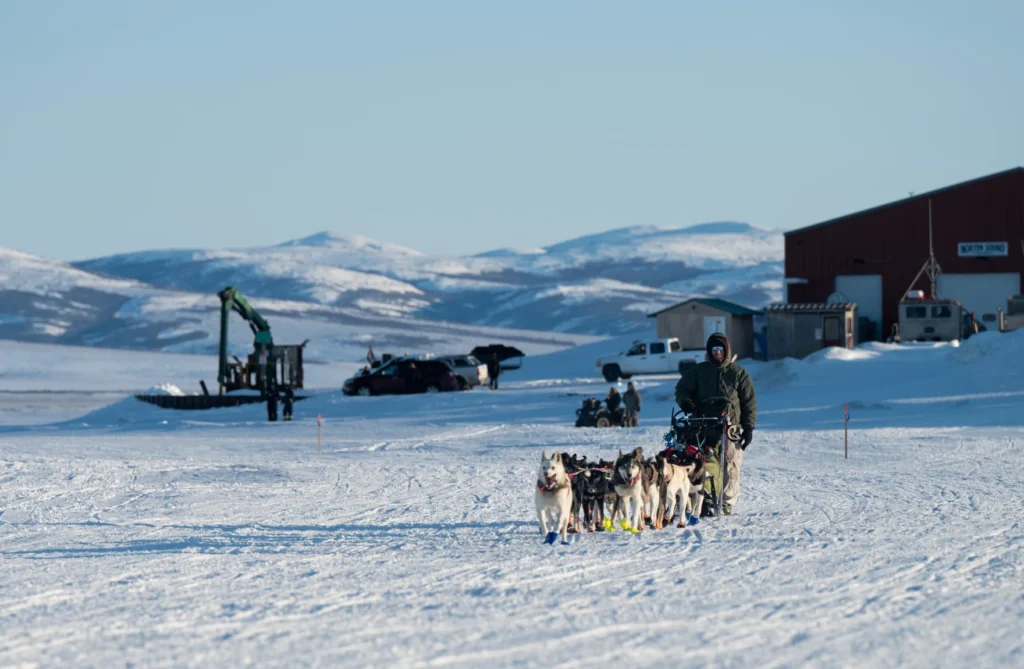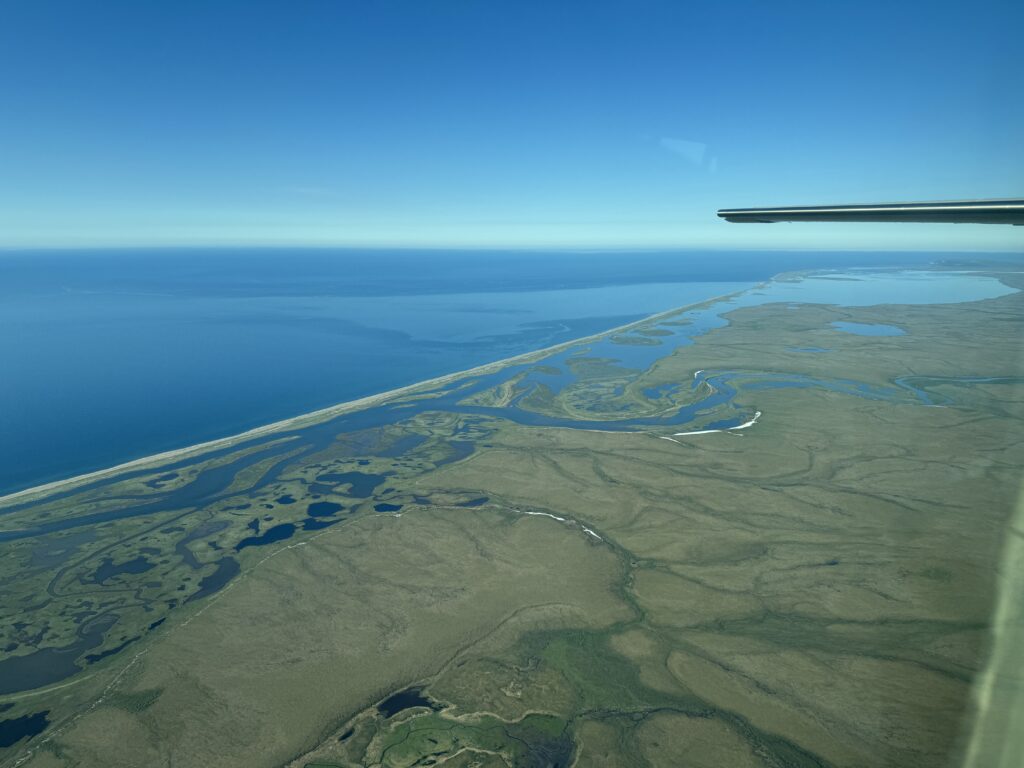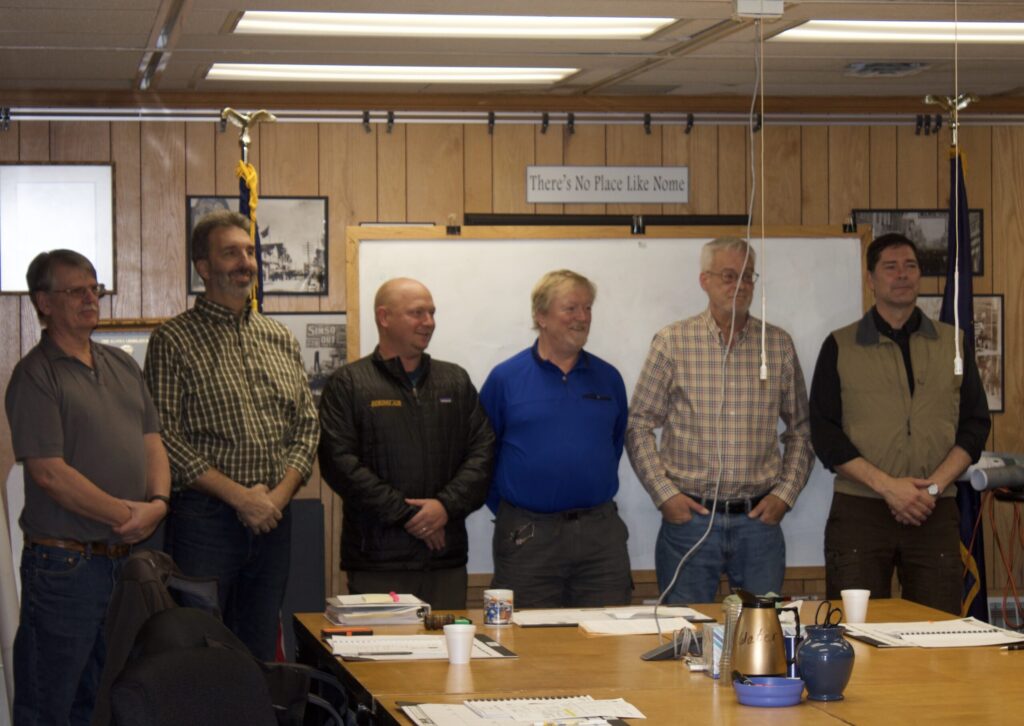Oil prices continue to fall, with Brent crude around $56 per barrel and gasoline dipping below $3 per gallon around the state. But even as crude prices plummet, rural Alaskans are unlikely to see major savings this winter.
Sean Thomas, the vice president of energy and shipping corporation Crowley Maritime, said western Alaska’s unique geography contributes to static fuel prices in the region.
“The western Alaska market is not a traditional market that you would see at the corner gas station,” he said. “Those markets are served by very large bulk orders that are placed into tank farms, and then are pretty much locked in by ice. So new product does not get in to those locations until the ice goes out.”
Thomas said the price customers see at a gas station in Nome, for example, reflects the market value of gasoline during the summer, when Crowley purchased the fuel. Gasoline stored in tank farms throughout the winter has already been paid for, and doesn’t fluctuate with world market prices.
Nome Utility Manager John Handeland said most utility systems in the region operate under a similar purchasing system. He explained that the Western Alaska Fuel Group – a consortium of communities including Nome, Unalakleet, Kotzebue and Dillingham – purchases diesel and other fuels in bulk, trying to minimize costs during the limited summer window.
The group receives its fuel from Vitus Marine, Handeland said, at an average price calculated for the month when the order was placed. Though the current market fluctuations are extreme, Handeland noted that the price of oil tends to rise in summer and fall in winter every year.
Thomas said summers do generally mean a spike in fuel prices — a trend he attributed partially to demand. But while locked-in prices may seem burdensome when the market is low, he said stable fuel values have also benefited rural customers in the past.
“If you think back just a couple years ago when oil was trading at $60, $70, $80 a barrel and spiked to $140 a barrel. People in Anchorage and elsewhere were paying twice as much at the gas station, and places like Nome and Bethel and Kotzebue prices stayed the same,” said Thomas.
As for whether current market lows will hold until next summer’s purchasing season, both Handeland and Thomas agree: Only time will tell.







